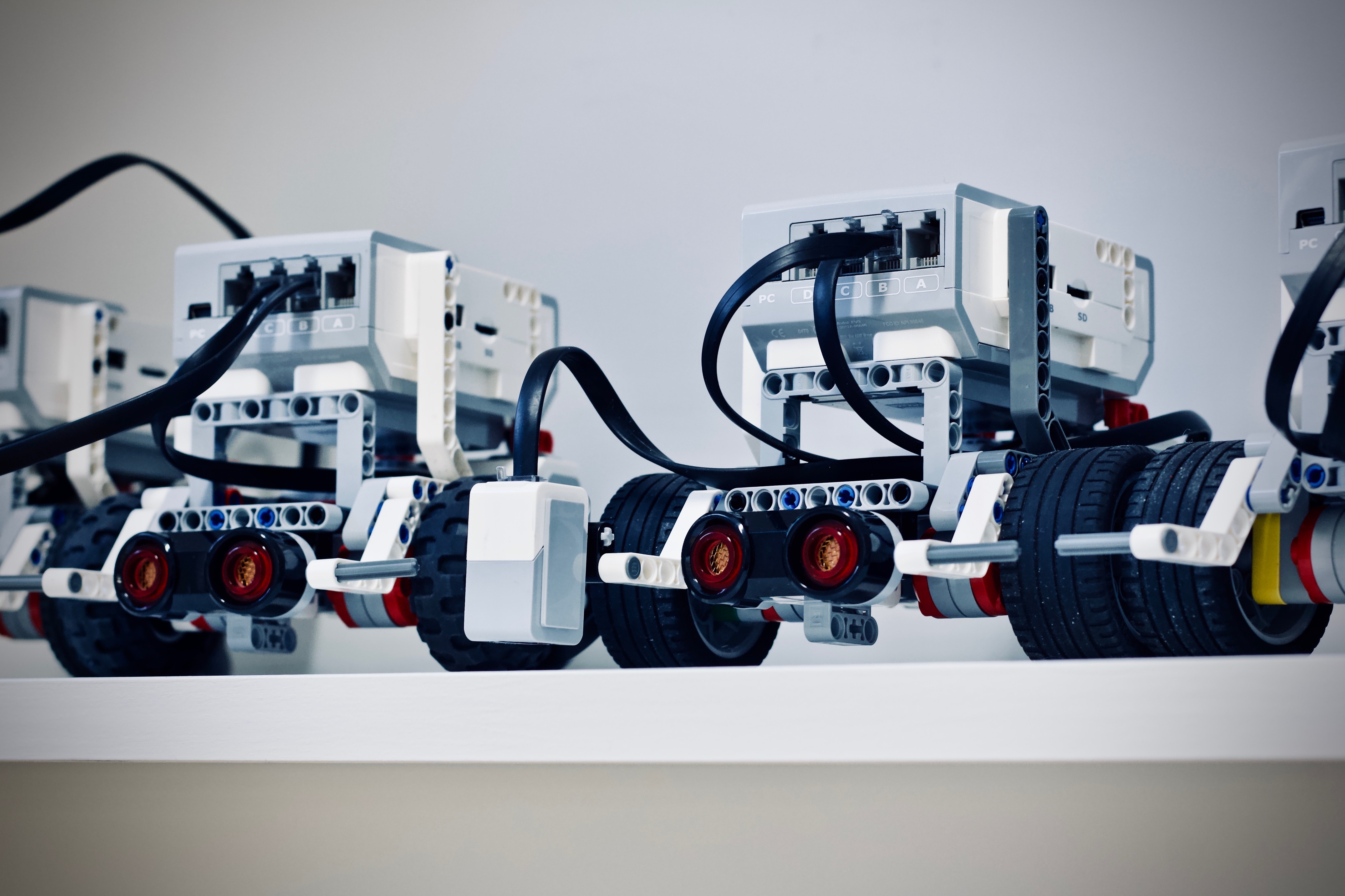The Chinese government sees the use of robots as a way to upgrade the nation’s manufacturing industry, with a goal of producing 100,000 locally made industrial robots annually by 2020, equal to a robot density of 150 for every 10,000 employees.
To reach that goal, the government has been financially supporting the domestic robotic industry for the past five years, with the subsidies accounting for 20% of the industry’s net profit in China, according to Sinolink Securities.
Dai Zhendong, director at the Institute of Bio-inspired Structure and Surface Engineering and a robotics professor at Nanjing University of Aeronautics and Astronautics, spoke to the Post about the state of the industry in light of the trade war tensions.
In 2018 China ranked 20th in the world in robot density. What does the current development of China’s robotic industry look like?
Although many robotic companies are able to produce various kinds of robots, the reliability and the quality of core components need further improvement. For example, microchips used in robots depend on imports from overseas. Once trade conflict occurs, like the situation ZTE faced [in 2018], the robotic industry will face serious pressure.
Hardware may not be a problem since its production is huge in China, but the application of core components, like mechanical sensing and algorithms for the control system, are lagging behind foreign peers which account for one third of the Chinese market for industrial robots.
Chinese companies are facing problems on how to cooperate with peers as most of the industry leaders are not opening up to third parties.
What is the biggest challenge for the Chinese robotics industry?
Currently, there’s an excess supply of robot bodies because all the companies flocked to produce them, especially after smaller players saw business opportunities, which is pushing margins further down. With lower profits and the tariff pressure from the ongoing trade war, it’s unlikely that companies can focus on technology innovation. It’s a serious problem for the industry.
To ease the problem and prevent “bad money” from driving out the good, individual robot makers should find and develop their own advantage in the industry and make it the best, instead of competing on price for a few types of products. The industry needs the ability to think independently.
The Chinese government is providing subsidies to the industry but if companies still do not have an incentive to innovate, should more subsidies be offered to encourage technology innovation?
The support should mainly come from the market instead of government, because the subsidies the government is offering are not enough compared to what a company needs to put into research and development.
It’s unrealistic to count on a government grant because product development from design to production is a long process, and a company can never be sure of the timing of the grant and if it can be used in technology development at the right time.
What then should the government do to encourage innovation in the industry?
Although incentives are necessary in the early stages of an industry, sooner or later the market will open up and there will be a free competitive environment. Without subsidies, the inferior companies can be eliminated.
Actually, many companies joined the industry with the sole purpose of swindling subsidies from government authorities. The financial support system should be improved and perfected. The government should also improve the intellectual property protection system to ensure the interests of people who innovate, or no one will invest in technology development anymore.
What can academics do to contribute to the industry?
Academia should team up with industry to design components and perfect technology. Often times we see that the studies done in universities are out of touch with the real needs of private industry because the use of technology in real life is not as ideal as in research labs. At the same time, companies may not be aware of the latest innovations in technology.
I am a professor who also works at a robot design firm. When facing challenges in a real-life environment, I consider it a scientific problem and solve it using academic resources. On the other hand, if we make technology innovations in the lab, we can also put them into practice in private companies. Through such copartnerships, product quality at companies could be improved in a short period of time.
